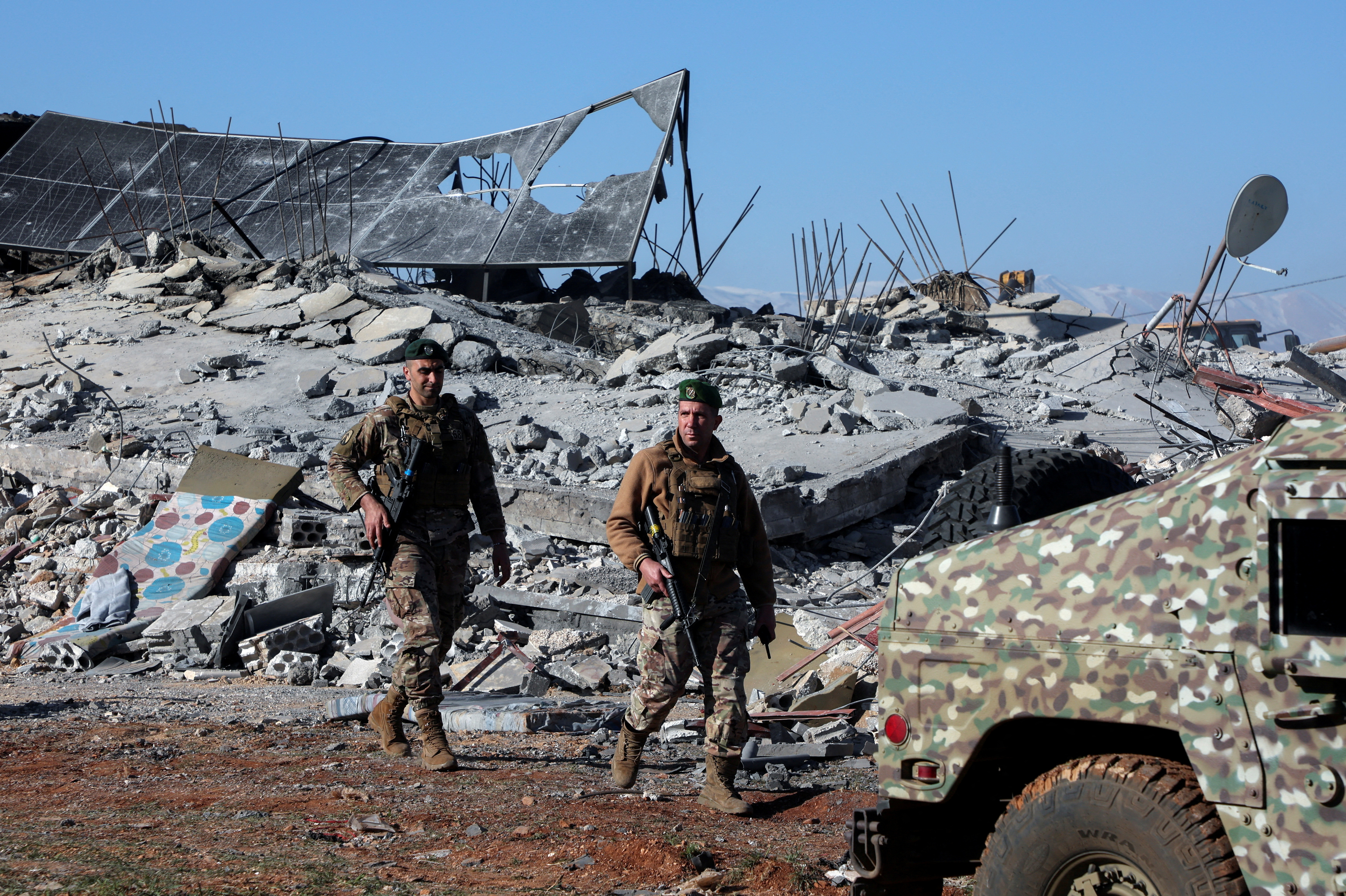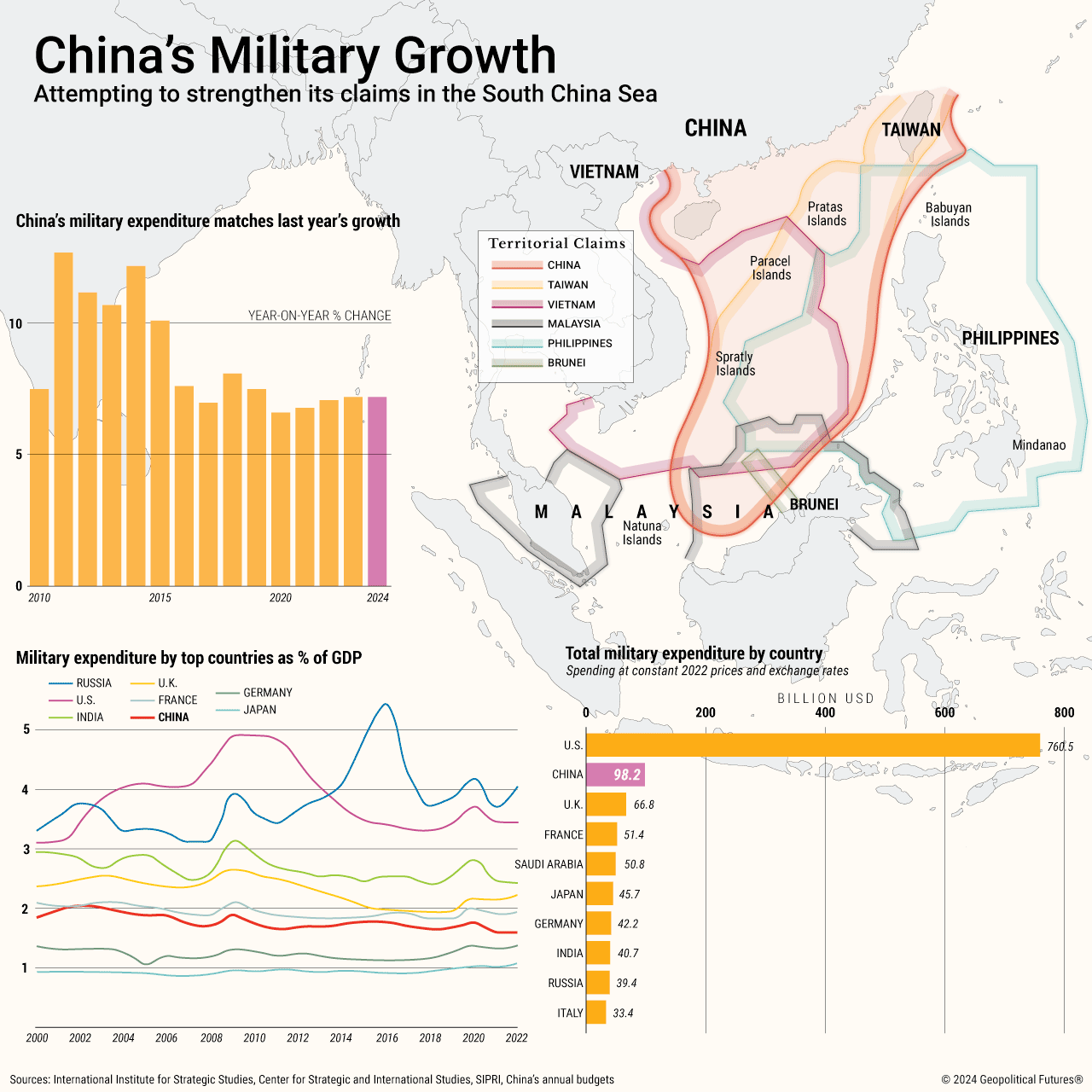Samia Nakhoul, Parisa Hafezi and Laila Bassam

With ally Hamas under attack in Gaza, the head of Iran's Quds Force visited Beirut in February to discuss the risk posed if Israel next aims at Lebanon's Hezbollah, an offensive that could severely hurt Tehran's main regional partner, seven sources said.
In Beirut, Quds chief Esmail Qaani met Hezbollah leader Sayyed Hassan Nasrallah, the sources said, for at least the third time since Hamas' deadly Oct. 7 attacks on southern Israel and Israel's devastating retaliatory assault on Gaza.
The conversation turned to the possibility of a full Israeli offensive to its north, in Lebanon, the sources said. As well as damaging the Shi'ite Islamist group, such an escalation could pressure Iran to react more forcefully than it has so far since Oct. 7, three of the sources, Iranians within the inner circle of power, said.
Over the past five months, Hezbollah, a sworn enemy of Israel, has shown support for Hamas in the form of limited volleys of rockets fired across Israel's northern border.
At the previously unreported meeting, Nasrallah reassured Qaani he didn't want Iran to get sucked into a war with Israel or the United States and that Hezbollah would fight on its own, all the sources said.
"This is our fight," Nasrallah told Qaani, said one Iranian source with knowledge of the discussions.
Calibrated to avoid a major escalation, the skirmishes in Lebanon have nonetheless pushed tens of thousands of people from their homes either side of the border. Israeli strikes have killed more than 200 Hezbollah fighters and some 50 civilians in Lebanon, while attacks from Lebanon into Israel have killed a dozen Israeli soldiers and six civilians.












